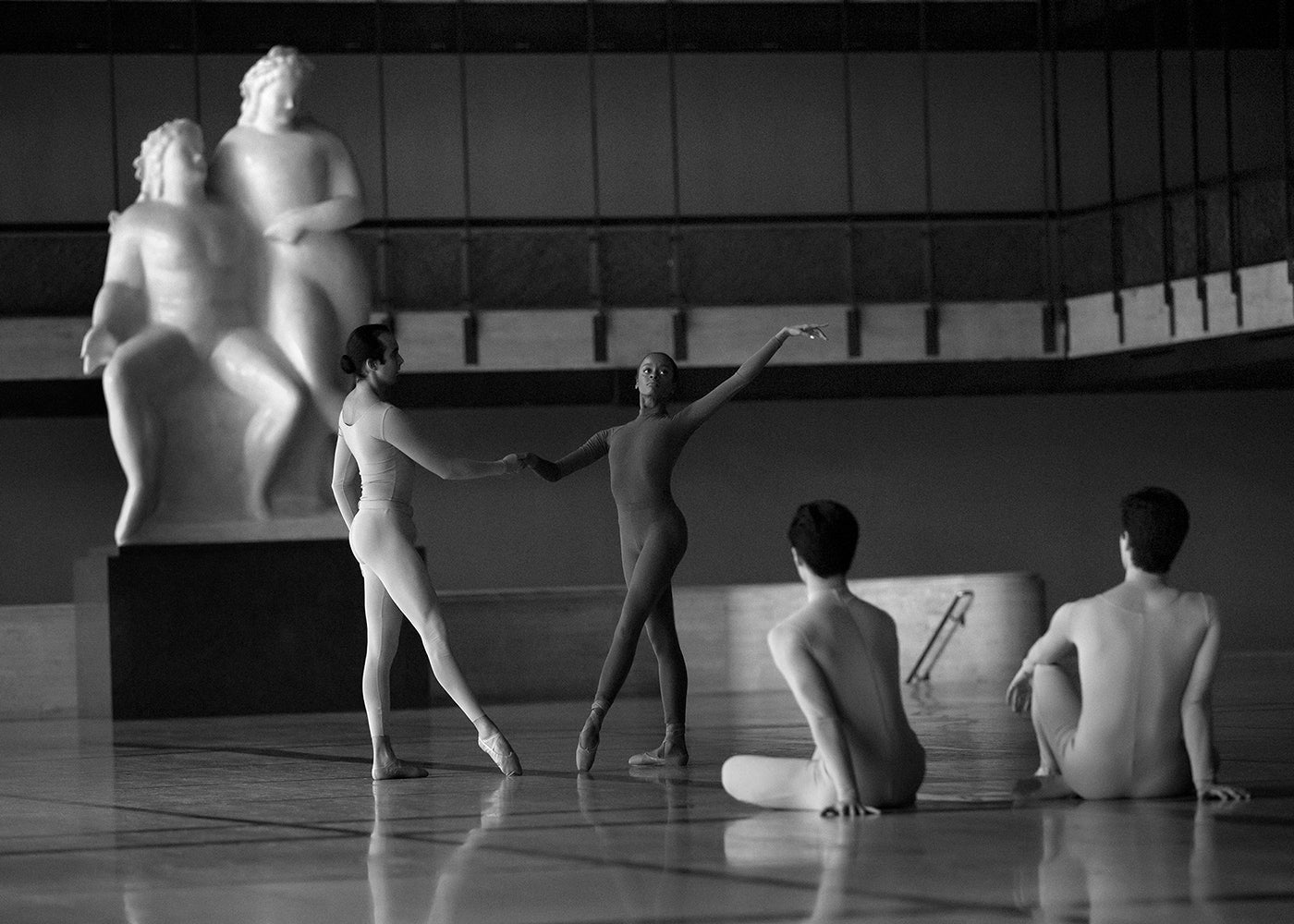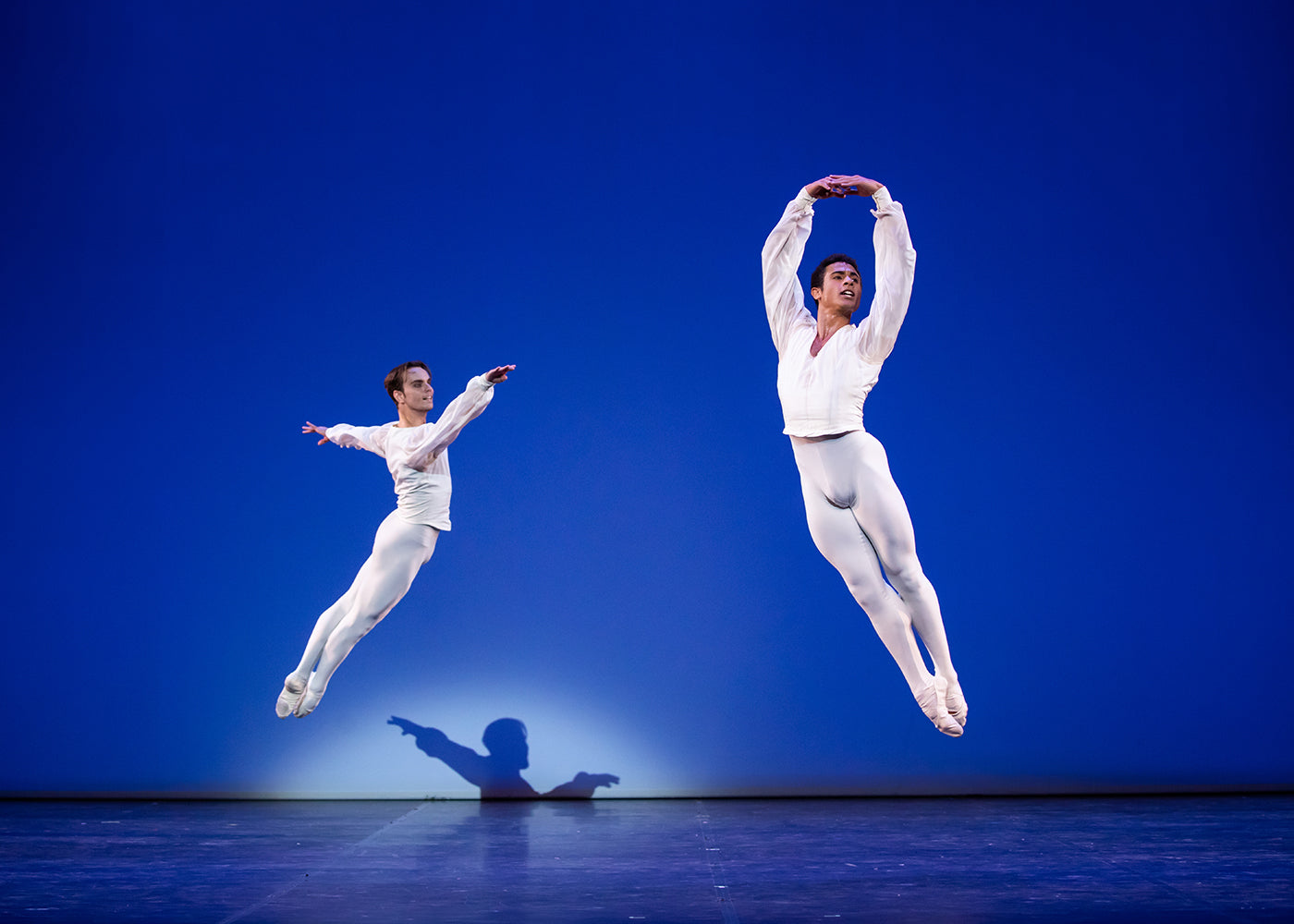Duke Dang Leads Works & Process through the Storm
For fifteen years, Duke Dang has been the bright, capable force behind Works & Process, a series that offers behind-the-scenes conversations about the creative process. Regularly, choreographers, composers, and designers have converged upon the postage-stamp-sized theater beneath the Guggenheim Museum to discuss their work and to show sneak peeks of premieres.[1]
Continue Reading













